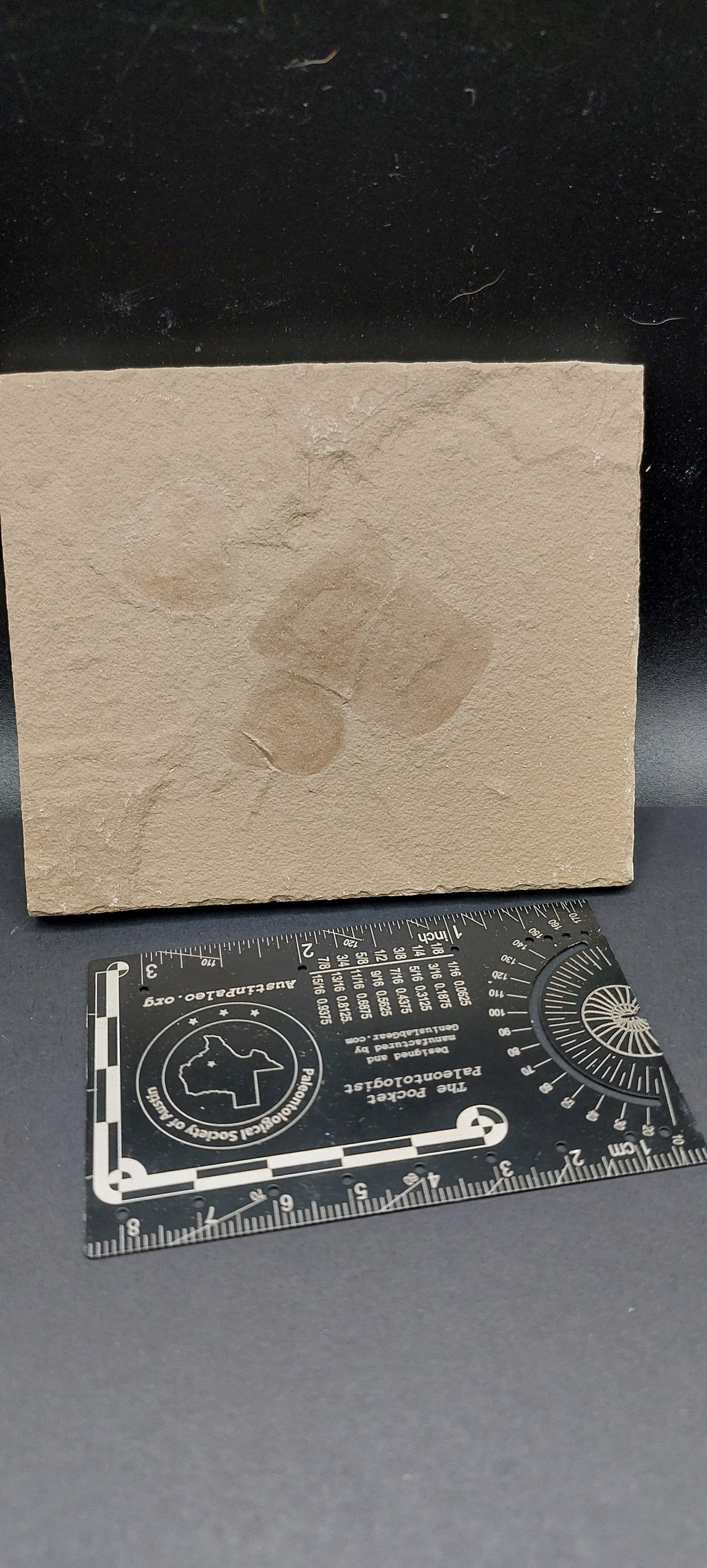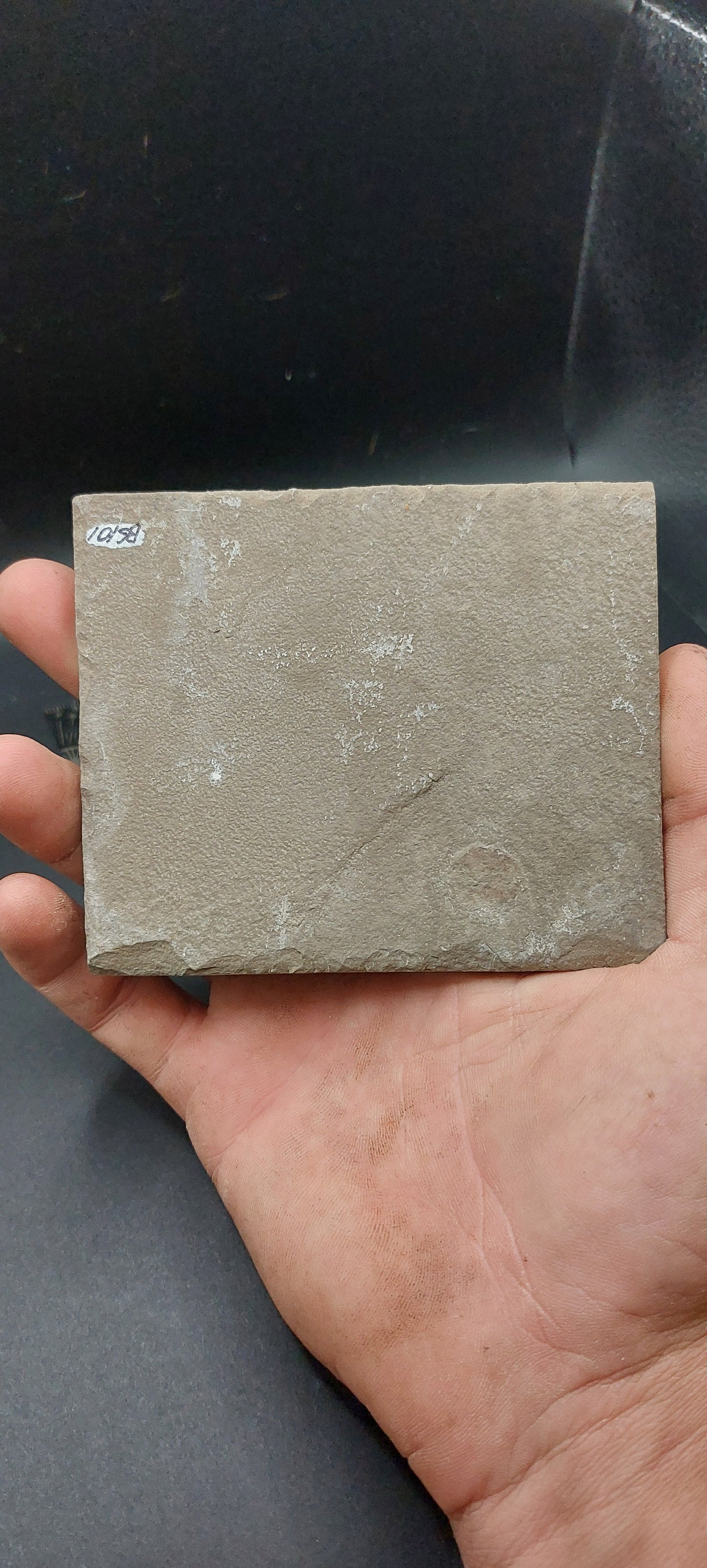Minute Man Fossils
Salp/Tunicate Cluster-Montana 03
Salp/Tunicate Cluster-Montana 03
Couldn't load pickup availability
Taxa: Salp/Tunicate
Geology: Heath Limestone-Bear Gulch Member
Age: Mississippian-Carboniferous
Locality: Fergus County, Montana
Salp/Tunicate
Tunicates are the most common fossil in the Bear Gulch Member, but clusters of salps are rare.
Tunicates, also known as sea squirts or urochordates, are a group of marine invertebrates belonging to the phylum Chordata. Despite their classification within the same phylum as vertebrates, they exhibit significant morphological differences from other chordates. Tunicates are considered one of the most primitive chordate groups.
Tunicates are diverse in size, shape, and habitat, with species ranging from a few millimeters to several centimeters in length. They can be solitary or colonial and are found in marine environments worldwide, from shallow coastal waters to the deep sea.
The name "tunicate" comes from the protective outer covering, or "tunic," that encases their soft, gelatinous bodies. This tunic is composed of a tough, cellulose-like material that gives the organisms a firm, sometimes leathery texture.
Tunicates exhibit a unique feeding mechanism. Most species are filter feeders, using a specialized structure called a "branchial basket" to pump water through their bodies, filtering out plankton and organic particles for food. Water is drawn in through an inhalant siphon, passes through the branchial basket, and exits through an exhalant siphon.
During their larval stage, tunicates possess a structure called a "notochord," which is a defining characteristic of chordates. However, in most adult tunicates, the notochord is reduced or lost entirely, leading to their classification as "deuterostomes" rather than vertebrates.
Tunicates play essential ecological roles in marine ecosystems. They contribute to nutrient cycling, provide habitat for other organisms, and serve as food sources for various marine predators.
Some tunicate species produce bioactive compounds with potential pharmaceutical applications, making them subjects of scientific research for drug discovery and development.
Share




Subscribe to our emails
Be the first to know about new collections and exclusive offers.




